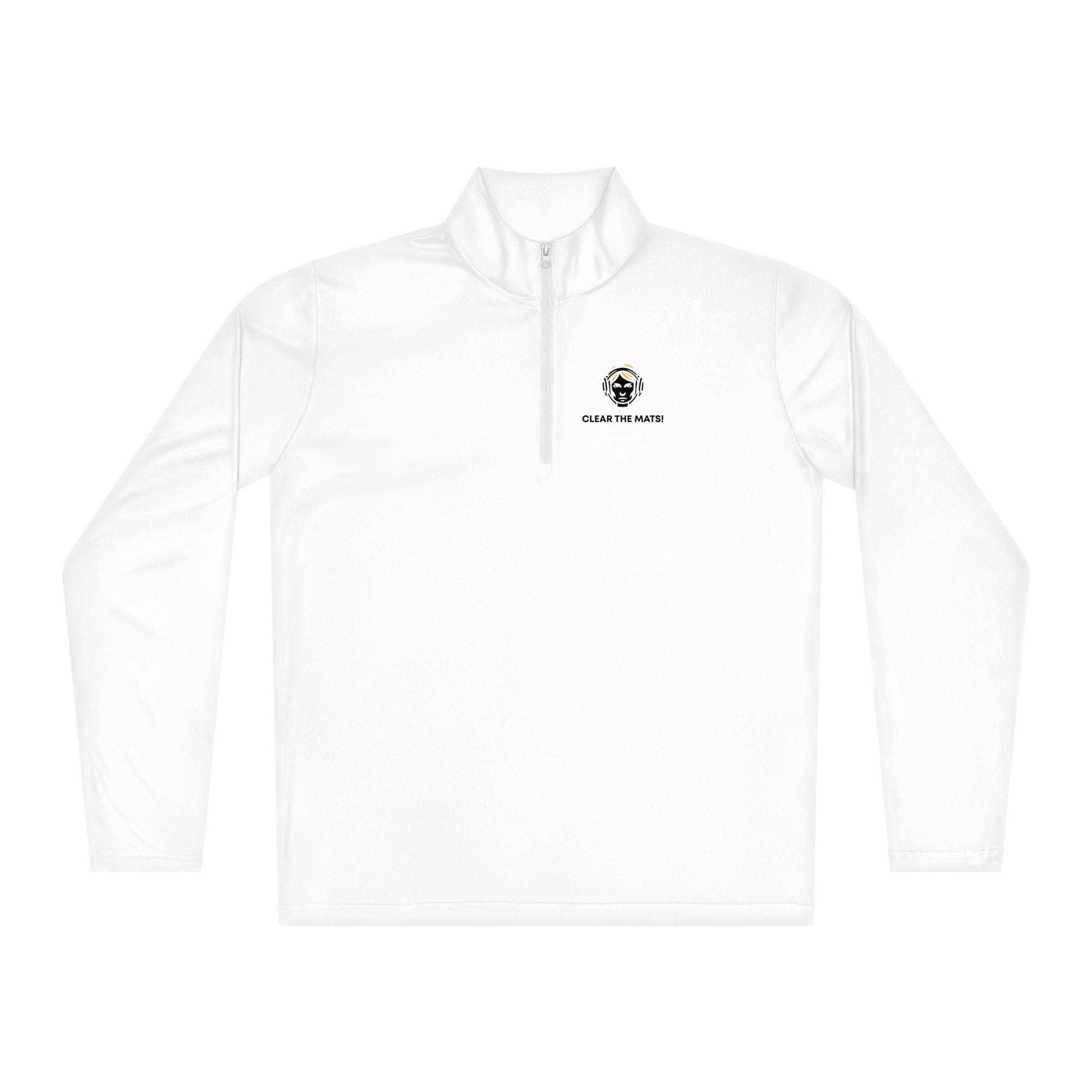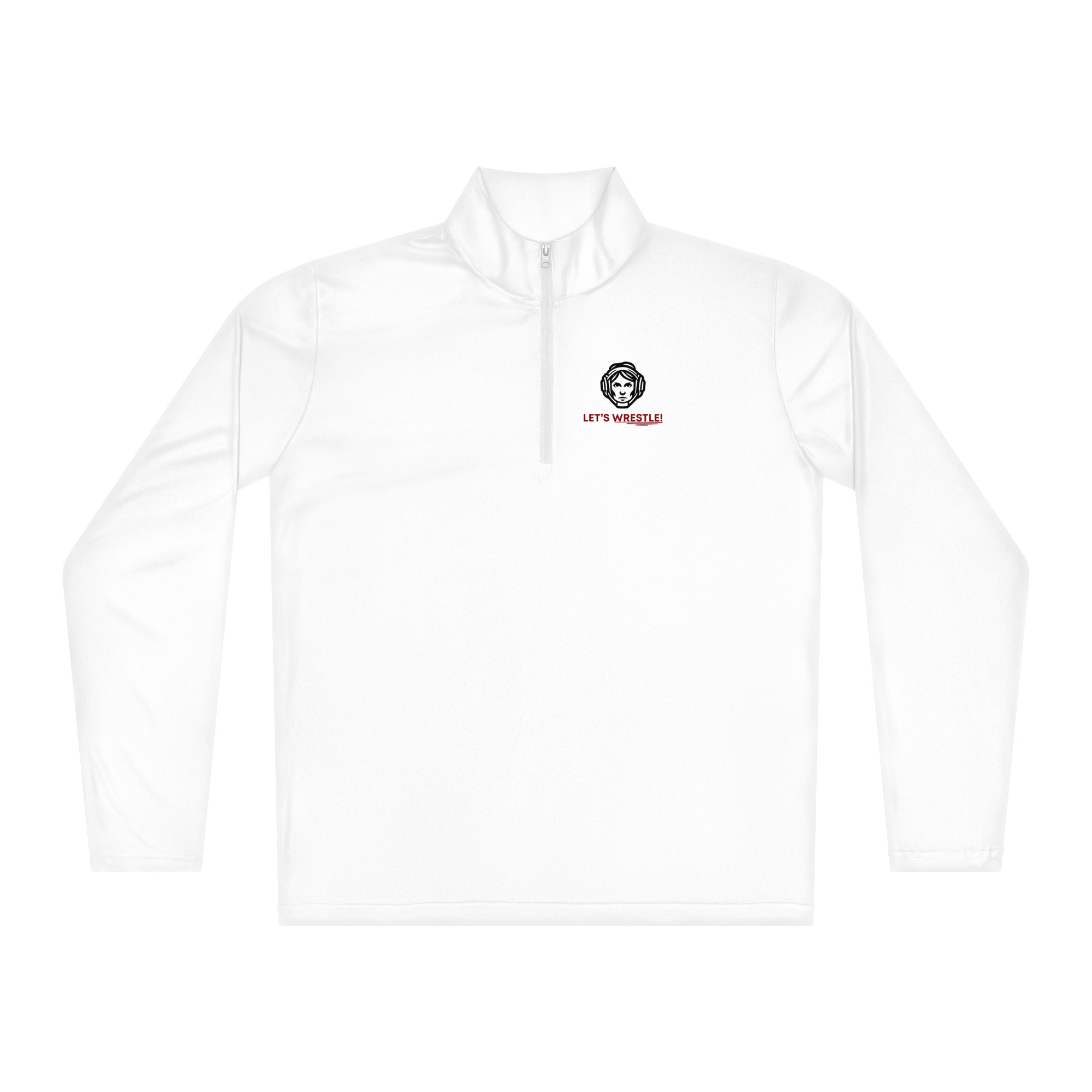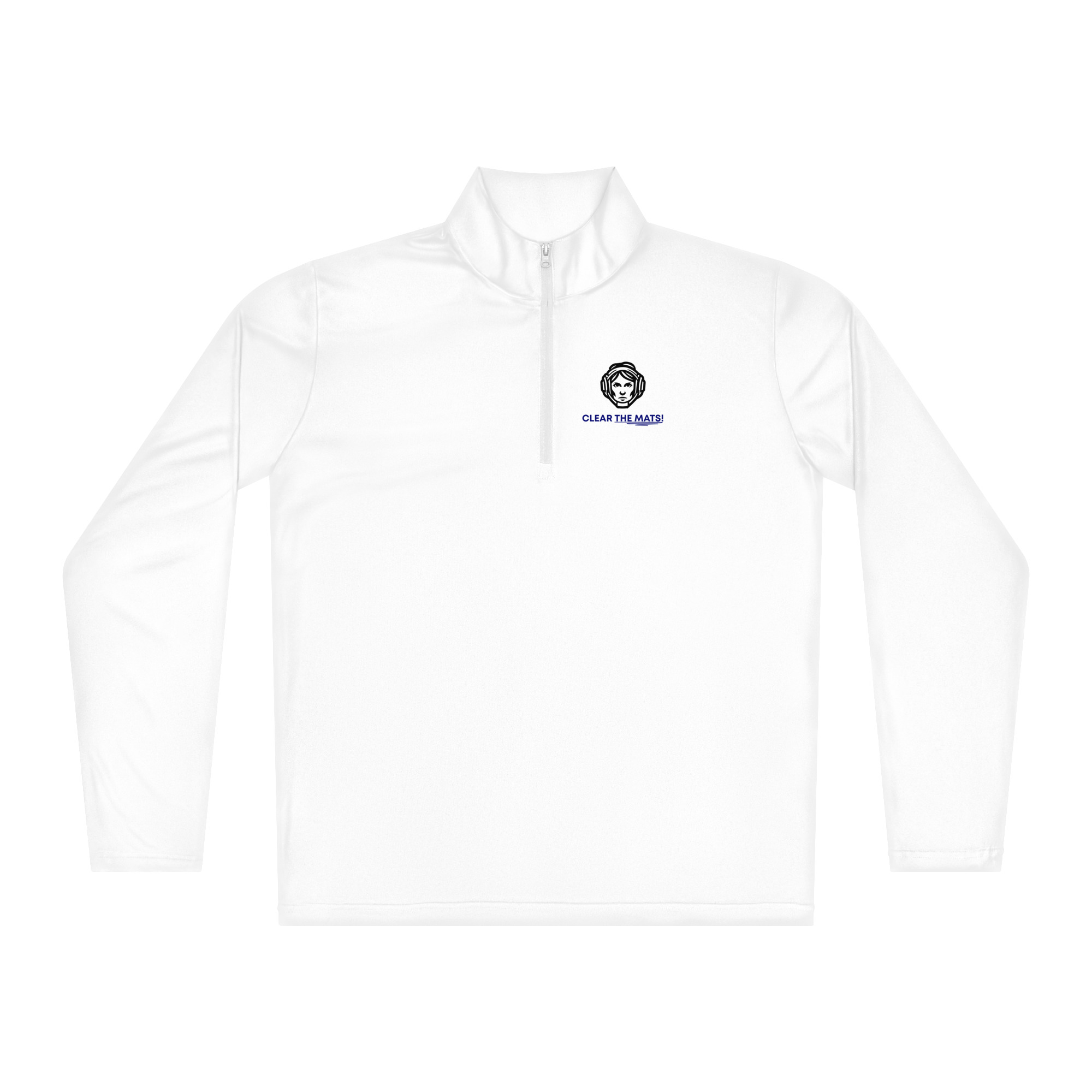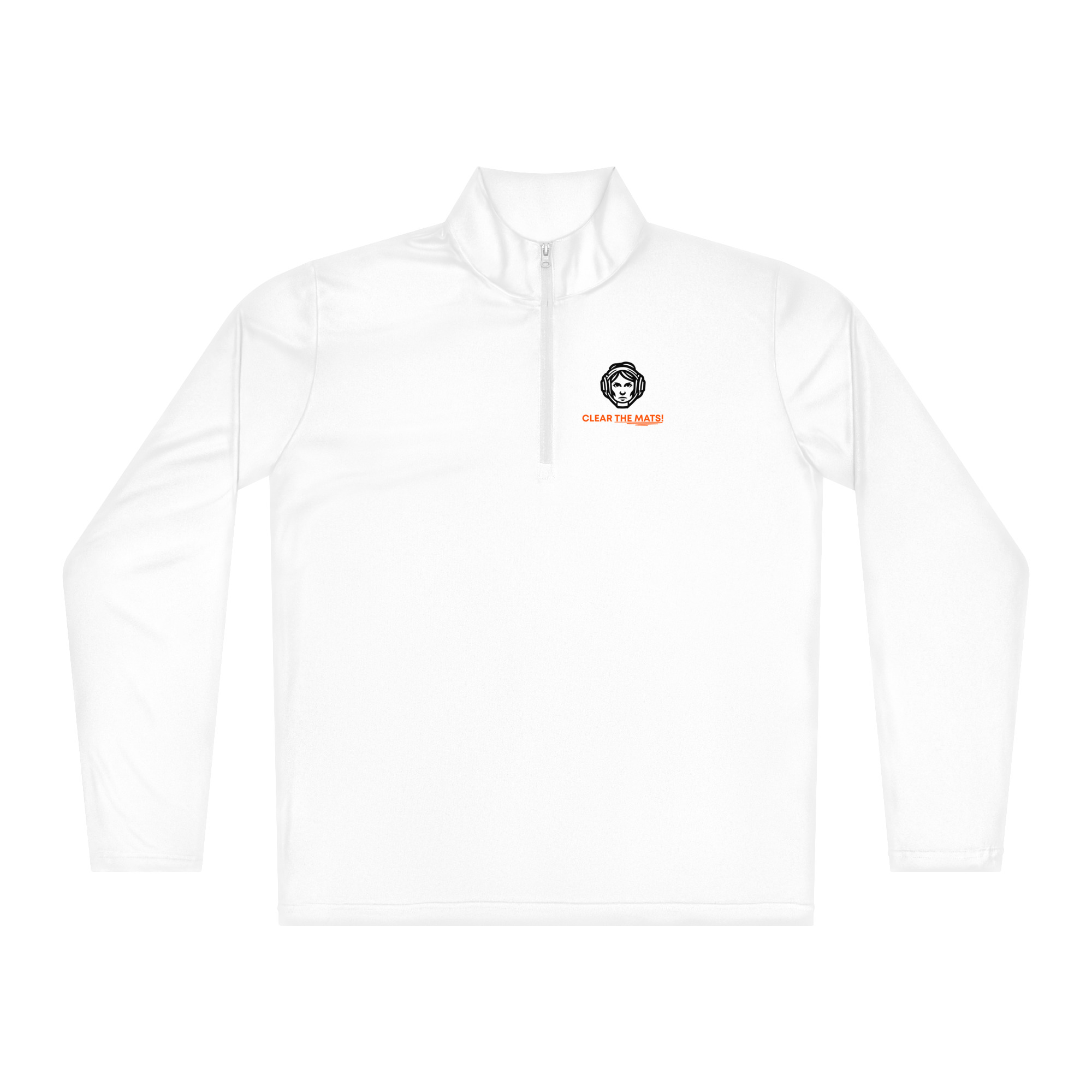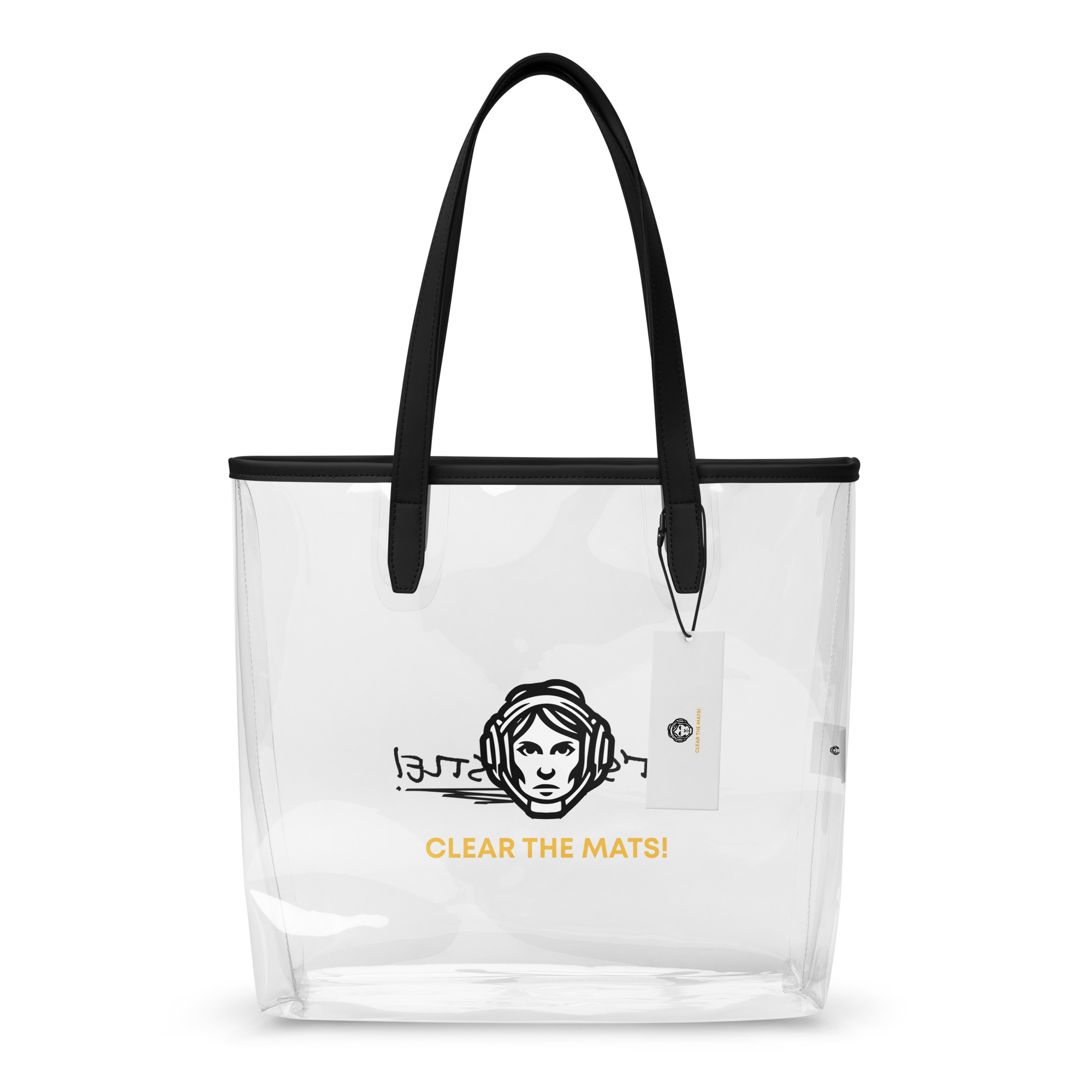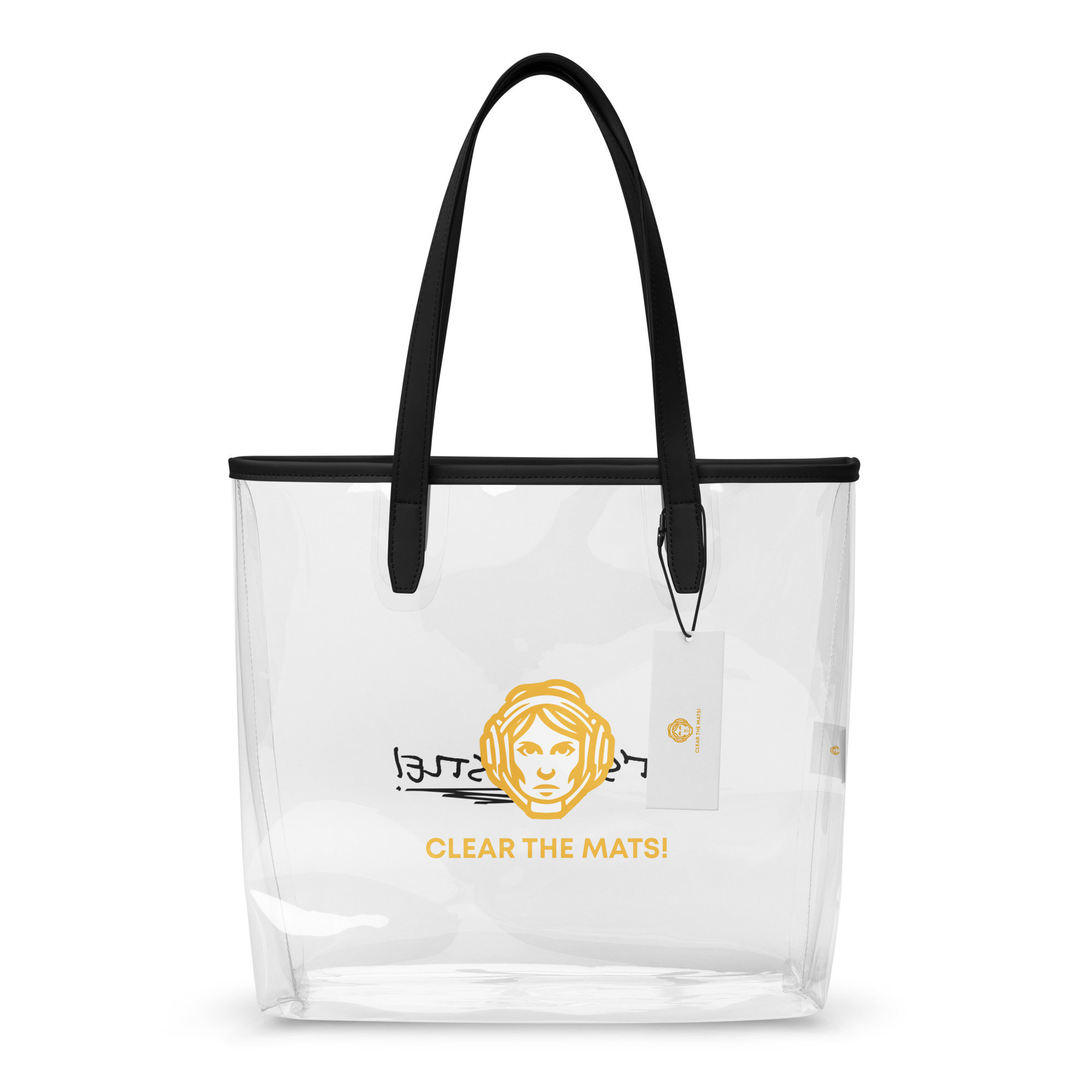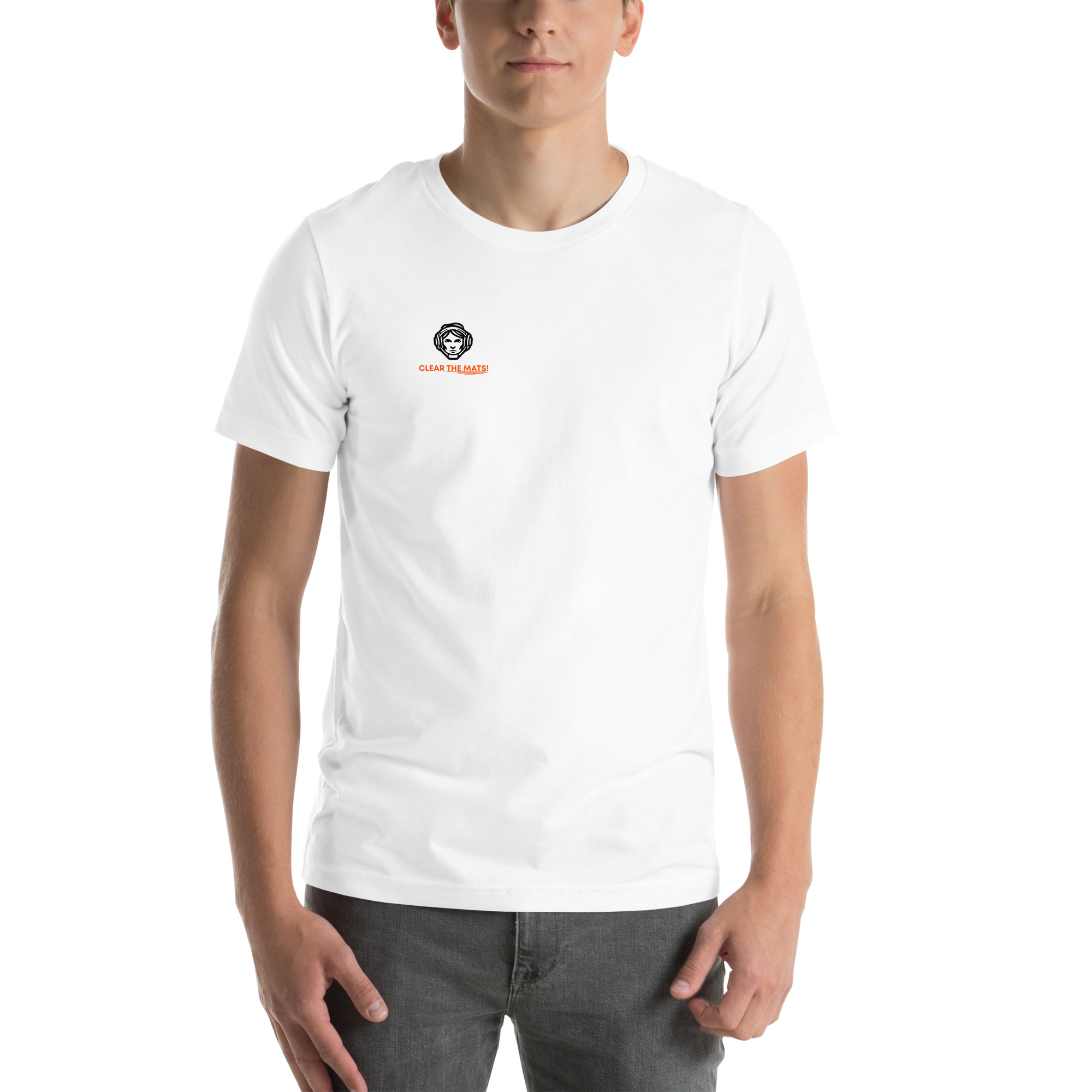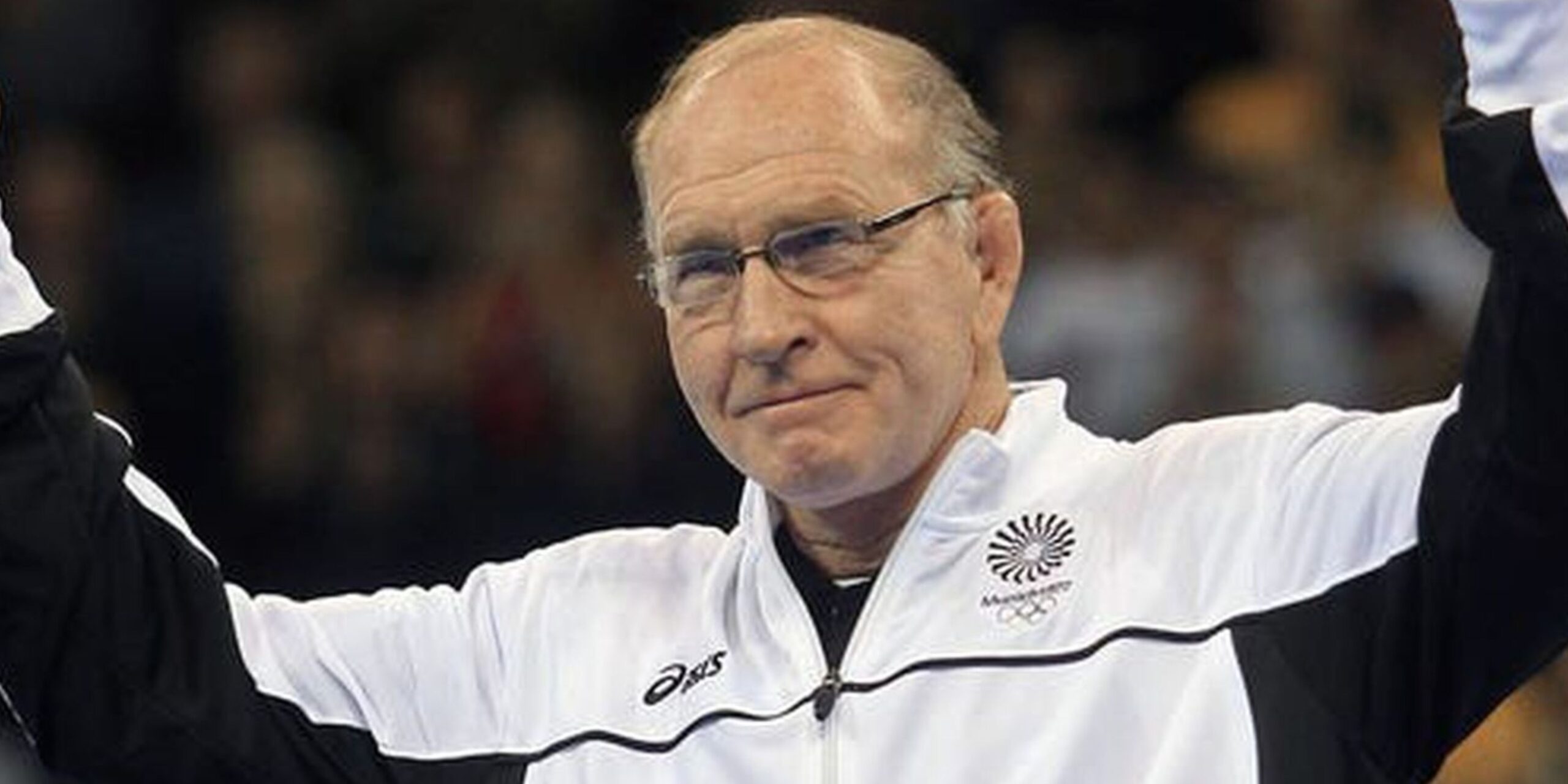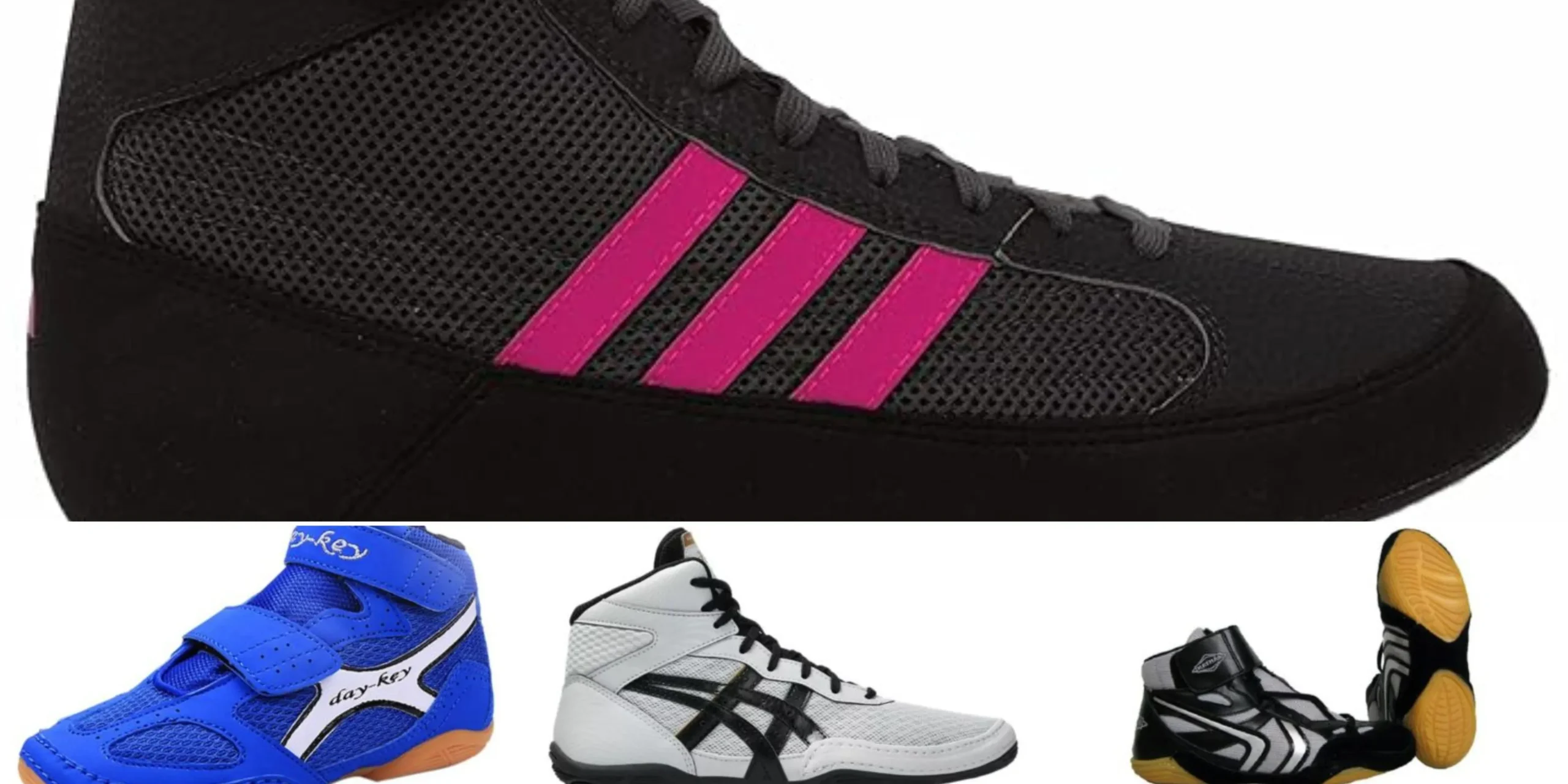unlock the
potential of your
wrestler
WRESTLING GEAR reviews
Get in depth reviews about essential gear.
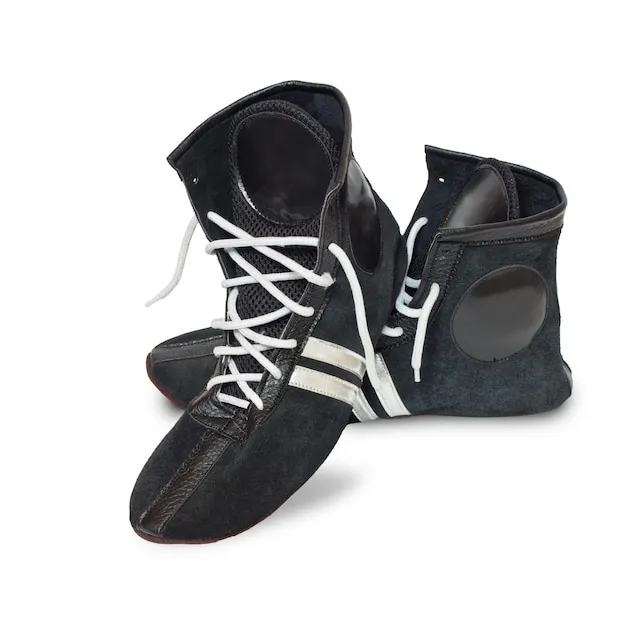
Wrestling Shoes
Wrestling Singlets
Headgear
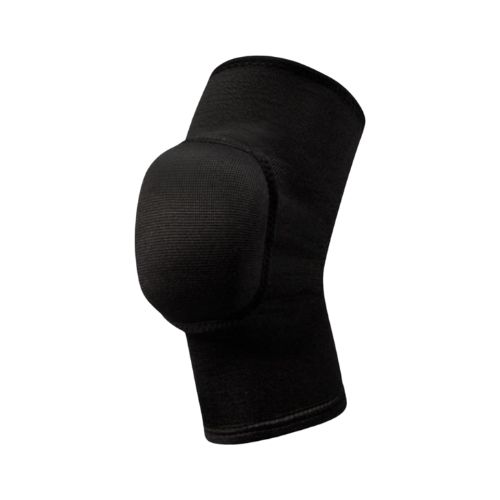
Knee Pads
wrestling is a growing sport
Dan Gable: The Unmatched Legacy of America’s Greatest Wrestler
Dan Gable is one of the most important people in the history of American sports. He was known for his strict discipline, fierce competitiveness, and groundbreaking success as both an
Best Budget Wrestling Shoes for Girls in 2025 (Mom-Approved Picks!)
If you’re a mom who wrestles, you know how rapidly kids grow and how quickly wrestling sneakers wear out. You may need to buy new shoes mid-season, which can be
Kyle Dake: The Unprecedented Journey of an American Wrestling Legend
Kyle Douglas Dake is one of the best and most adaptable wrestlers in American history. Dake is well-known for his amazing accomplishments in international freestyle and his record-breaking college career.
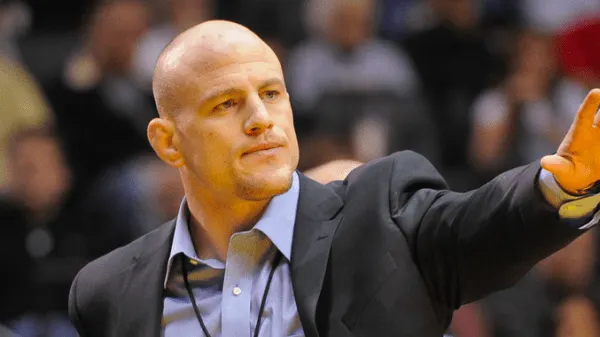
"Unless you continually work, evolve, and innovate, you'll learn a quick and painful lesson from someone who has."
- Cael Sanderson
Penn State Wrestling Coach
FAQ
Frequently Asked Questions
What age should my child start wrestling?
- Many kids start as early as 4-6 years old, but it’s never too late to begin. Most youth wrestling programs offer beginner classes for all ages.
What gear do I need for wrestling?
- Basic gear includes wrestling shoes, headgear, a singlet, mouthguard (optional), knee pads (optional), and a water bottle.
What are the weight classes for youth wrestling?
- Weight classes vary by league and age group. Youth wrestling organizations (such as USA Wrestling) have set weight classes that are adjusted annually.
How are wrestling matches scored?
- Wrestlers earn points for moves like takedowns (2 pts), escapes (1 pt), reversals (2 pts), and near falls (2-3 pts). A match ends early if a wrestler pins their opponent.
How often should my child practice?
- Beginners typically practice 2-3 times per week, while competitive wrestlers may train 4-6 times per week.
What are the best exercises for young wrestlers?
- Bodyweight exercises (push-ups, pull-ups, squats, and lunges), agility drills, and cardio workouts help develop strength and endurance.
How can I help my child get better at wrestling?
- Encourage consistent practice, proper nutrition, and mental toughness. Watching wrestling videos and attending camps or clinics can also help.
What is the difference between folkstyle, freestyle, and Greco-Roman wrestling?
- Folkstyle (Scholastic) – Used in high school and college wrestling in the U.S.
- Freestyle – Olympic-style, allows leg attacks and turns.
- Greco-Roman – Olympic-style, but only upper-body attacks are allowed.
Does my child have to cut weight for wrestling?
- Most youth programs discourage weight cutting. Kids should wrestle at a natural, healthy weight to avoid health risks.
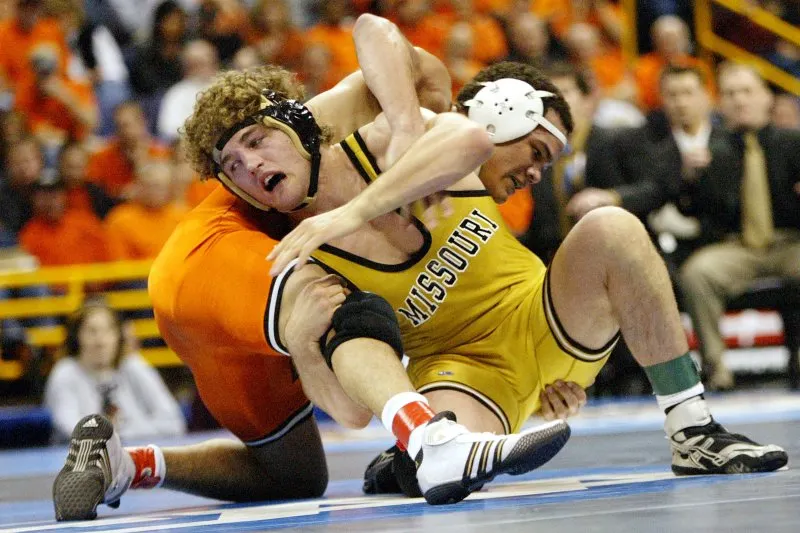
Profiles In Courage
Dive into athlete bios, career highlights, personal stats, and standout moments from the mat. Whether they’re rising stars or local champions, this is where stories of sweat, drive, and victory come to life.

